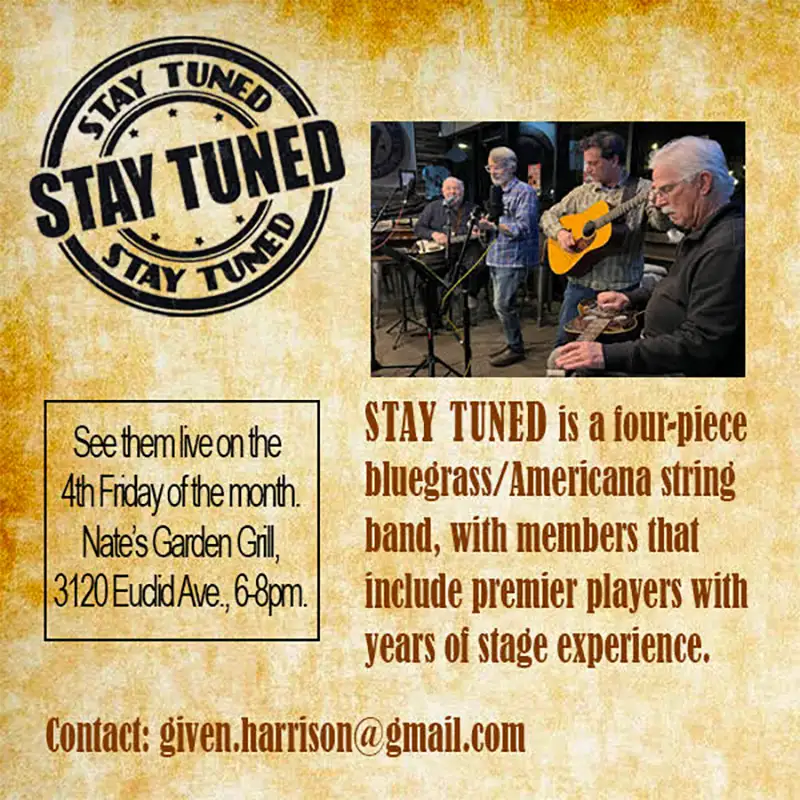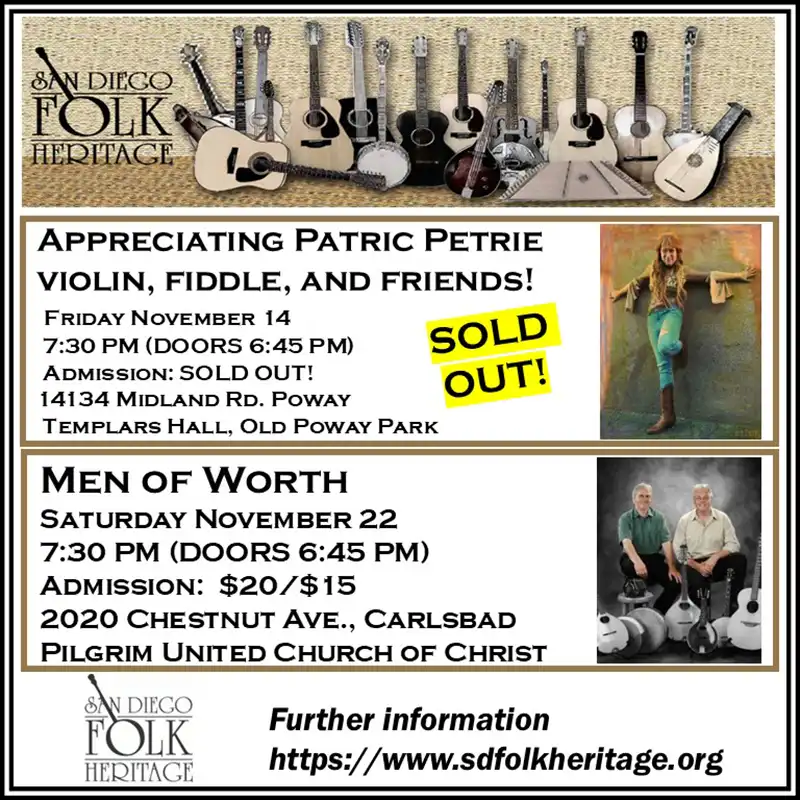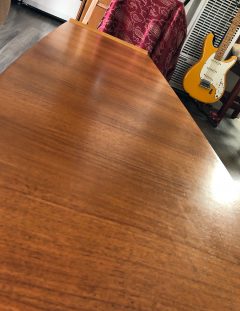Zen of Recording
Meditation on a Coffee Table
OUCH!! Mo@*#$F -%?&er!
The force of my shin making contact (yet again) with the edge of the titular living room furniture presses down on sensory receptors in my skin, which detect that excruciating pain and convert it into an electrical signal called an action potential. It is then carried along the axon of the sensory receptor neuron and handed off to another neuron in my spinal cord, which currently (see what I did there?) feels as if it’s wildly careening through the living room like a Water Wiggle on a sweltering summer’s day. Once the neurotransmitters have released the sensory neuron, the information is passed along to another neuron in the brain, resulting in the opening grawlix (look it up) that still resonates and reverberates throughout the walls of my studio/apartment; the pain speeding along my neural pathways as if taking a victory lap in celebration of my stubborn, sentimental stupidity.
I immediately survey my legs, whose multiple dents, bruises, scabs, and abrasions tell the sordid tales of dozens of prior incidents identical to the one described here. In fact, over the course of several weeks since I moved to this location in San Diego’s Rolando neighborhood, I’ve probably repeated this agonizing ritual two to four times a day, by my estimation.
Screw it. I’m getting rid of this coffee table.
My buddy Wayne Preis spied it through the window of a used furniture store in Pacific Beach some 20 years ago, in some state of disrepair. Peeling and dankly colored from age and neglect, he could nonetheless see the beauty that lay just beneath its worn and shabby surface. He bought it, took it home and spent hours lovingly sanding away the layers of lacquer, scratches and other imperfections. He repaired and expertly refinished it (as he’s done so for many a fine guitar), revealing a beautifully flamed top of indeterminate wood type, nearly six feet long and 19 inches deep. I could also tell you that it is 14 inches high, but you could easily surmise that from a cursory glance at my calico-patterned shins. Also unidentified is the piece’s origin, which so far has only generally been referred to as “possibly ’60s Scandinavian Post-Modern,” a description I incidentally share with it.
Wonderful friend that he is, he and his family subsequently gifted it to me as a wedding present and it has been a steadfast companion, serving numerous functions and comforts through the best and most turbulent of times in my life ever since.
The past five years, however, found it relegated to the role of hosting my microphone cases and cables, keeping them at the ready in one corner of the studio. When I relocated in June, I decided it was time for it to reclaim its more central role. I’m quite pleased to have it back in front of my sofa (also gifted, by sweet Patricia), serving in its additional roles as ottoman, guitar bench, and candy dish holder.
But the goddamn thing is in my way.
In our work as artists and content creators, we often find that we have lots of inconveniently placed coffee tables, things we feel we cannot or refuse to live without.
Some might be working methods that result in a certain signature sound in our productions, but this also carries the danger of imparting a certain sameness that is apparent throughout our collected works. Many of us strive for that very goal, but as a music fan as much as an artist or producer, I have avoided that mindset like the plague. Only one project I’ve worked on was ever nominated for a Grammy® and I’ve never had anything go gold or platinum, so I could be wrong about this, but I honestly don’t think so.
Having a vision for a project is another fixture often tripped over by well-intended creatives. It can be totally awesome when achieved and there are wonderful works that epitomize the fulfillment of that philosophy, but there’s nothing more elusive in my experience. More often, there is frustration and disappointment at the end of that particular rainbow.
In both cases, spontaneity and improvisation are often stifled by these agendas. Strict adherence to the blueprint can ensure a predictable result within a particular time frame, but it may not be a structure we’d prefer to live in when all is said and done.
Music, in particular, is a conversation taking place among the elements that comprise a song’s arrangement and performance. Often, the music supports or accentuates the lyrical content or message. Other times, contradiction among these elements can illuminate irony or metaphorical complexity inside or even outside the composer’s apparent intent.
A simple G, C, D (1-4-5) folk progression, for instance, can elicit a completely different feeling by simply adding a single note to each chord, i.e., Em7, Cmag7, Bm7, even though those original three chords still reside within them. This is a heavy-handed example of course, but often these variations are more subtly introduced within the dialogue and occur by happy accident. This can lead us toward a place that we never would have ventured toward with blinders on. Sometimes it’s a dead end, but it can also open doors to a whole world of ideas previously unimagined.
Think of it this way: We’ve all seen thousands of paintings and the sky is not always blue, gray or black.
The next time you find yourself saying “I always use this” or “I always start here” or “I never…” Think of my poor battered tibias. Sometimes I step over the coffee table, sometimes I move it. Mostly, I just try to stay out of the way.
Sven-Erik Seaholm is an award-winning independent producer, singer and songwriter with over 1000 recording credits. Send Band-Aids and condolences to kitschandsync@hotmail.com









